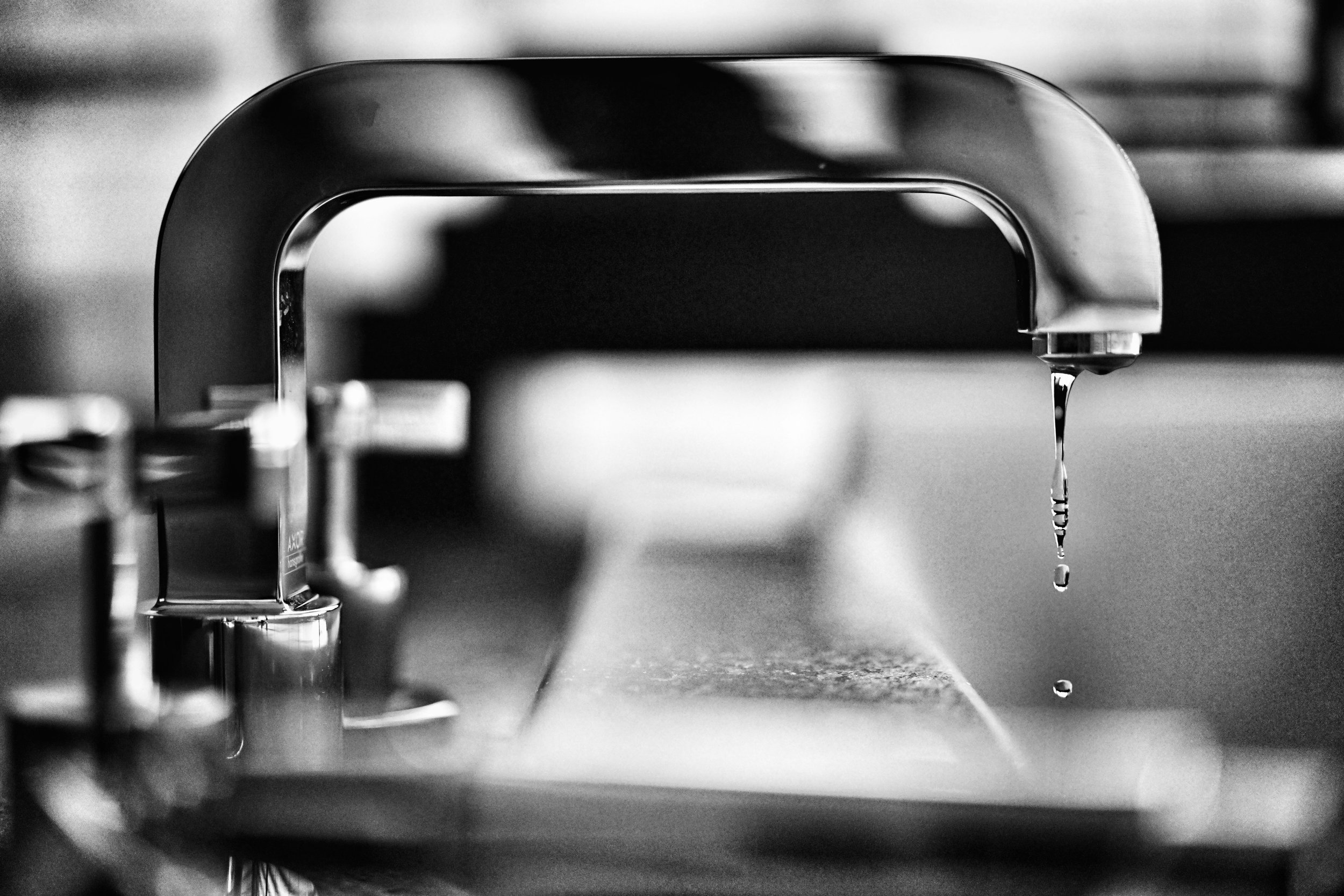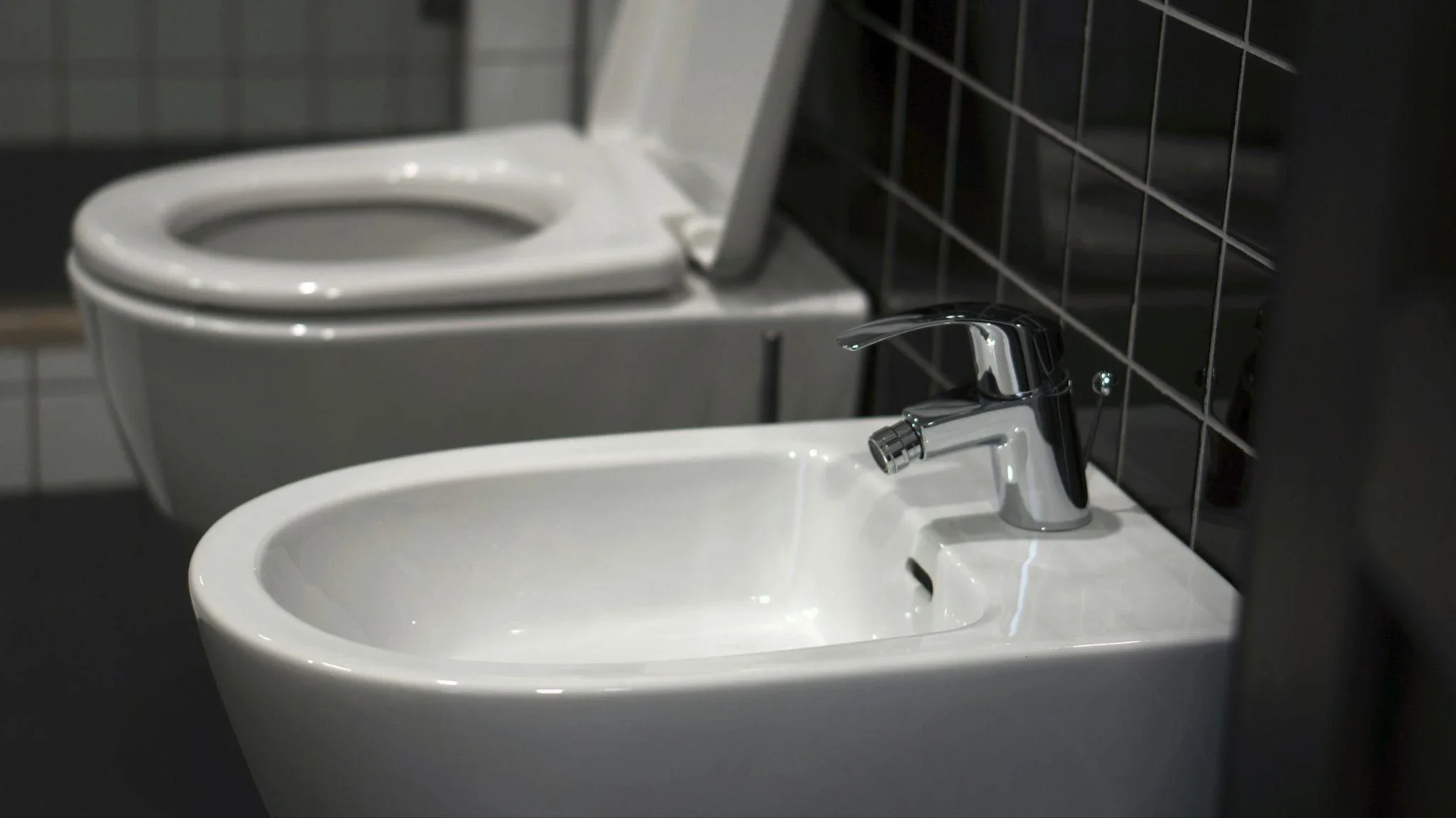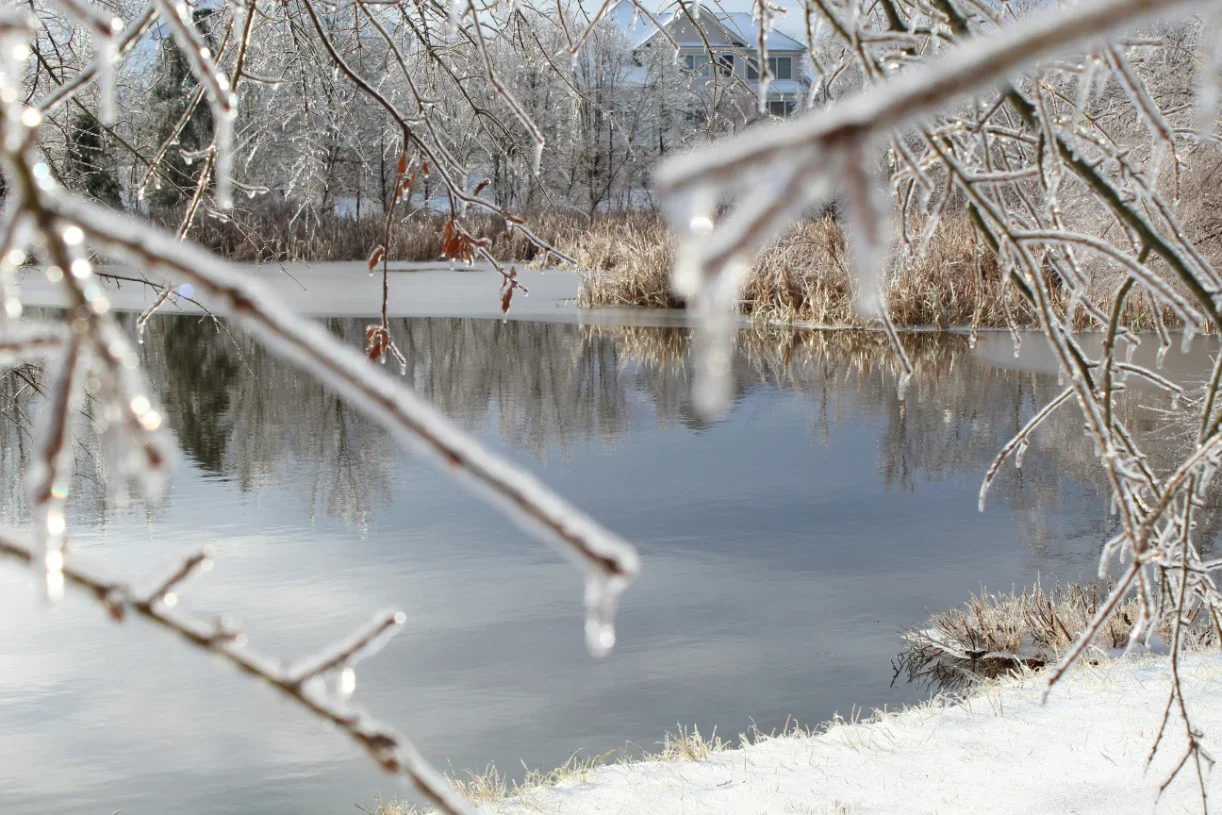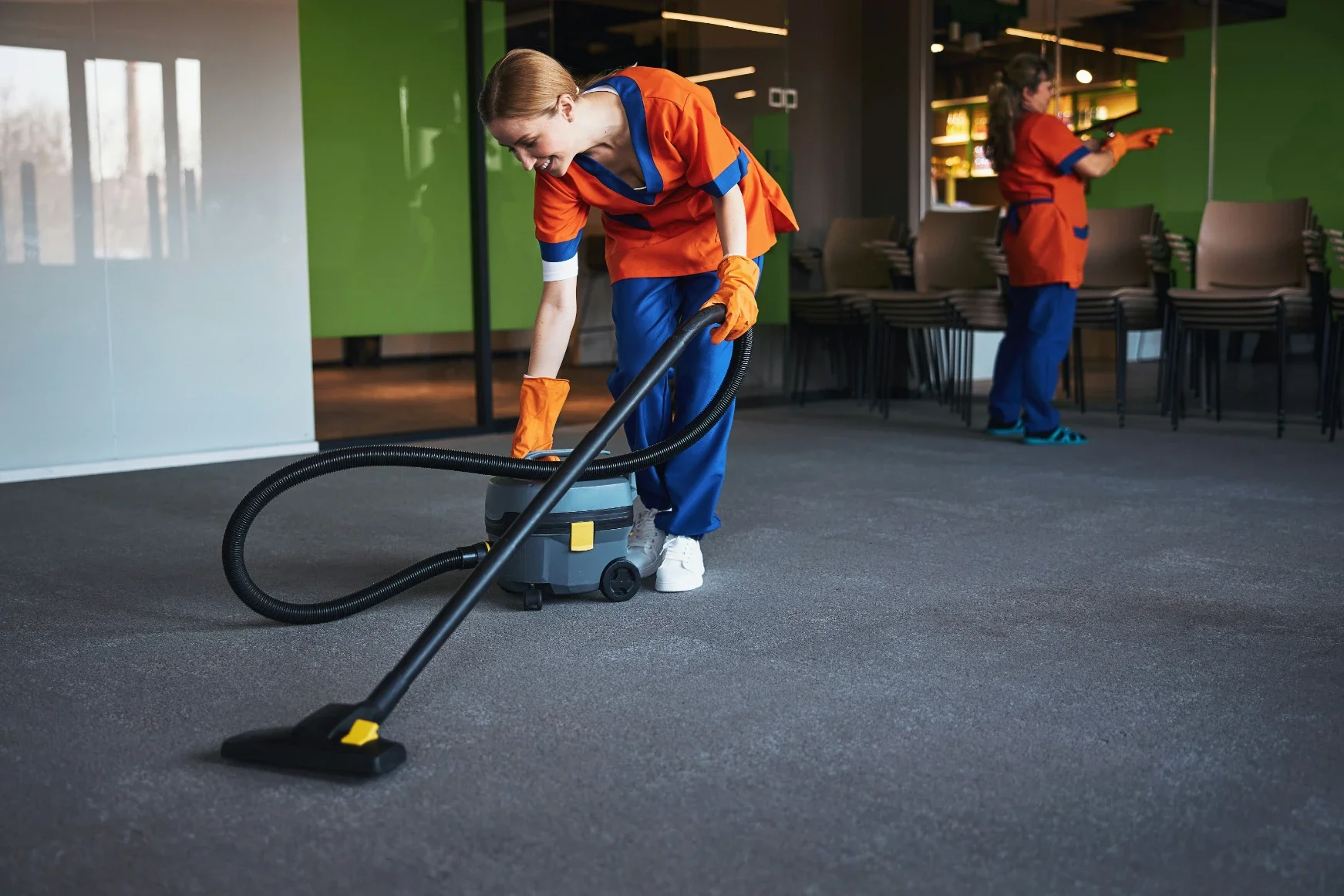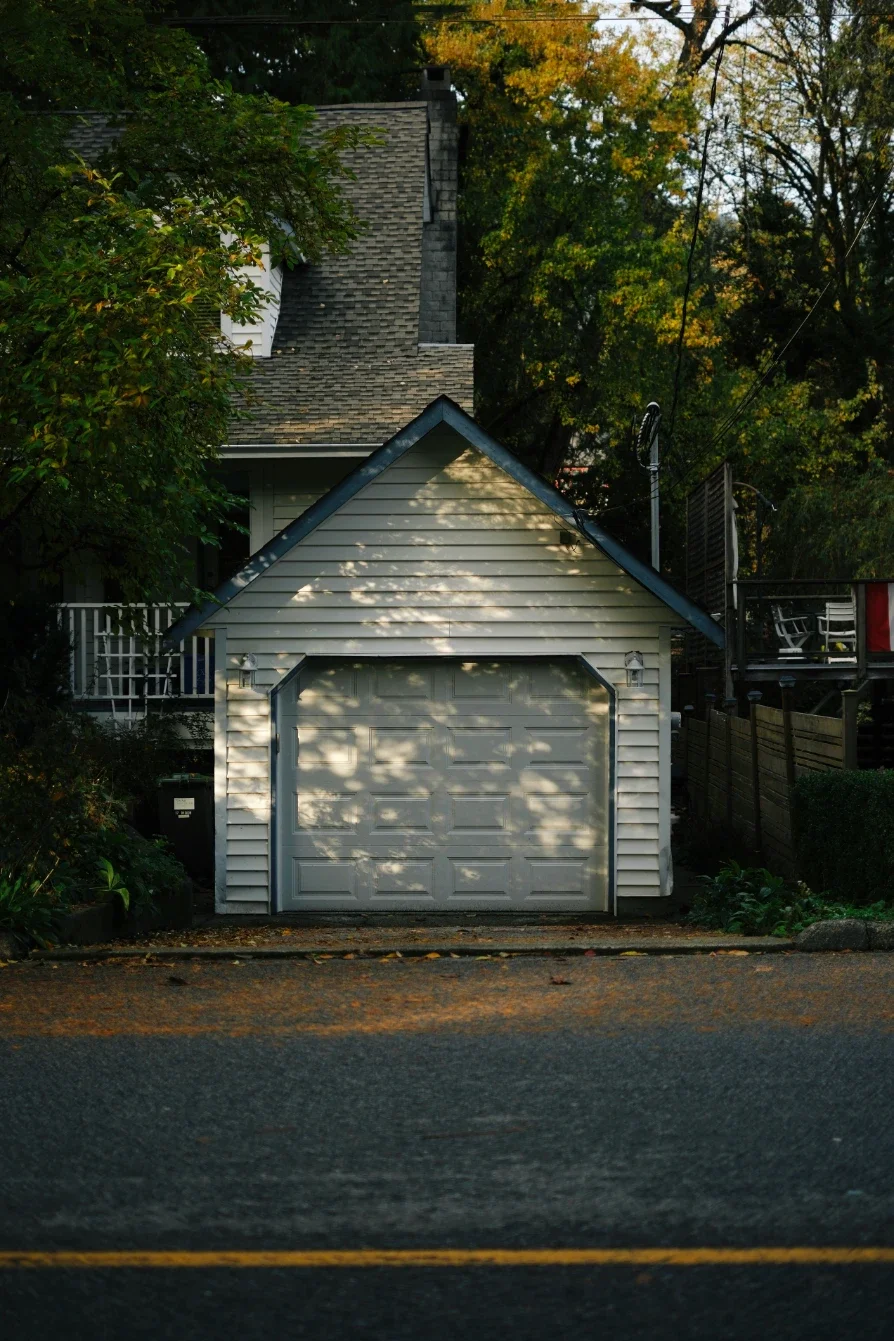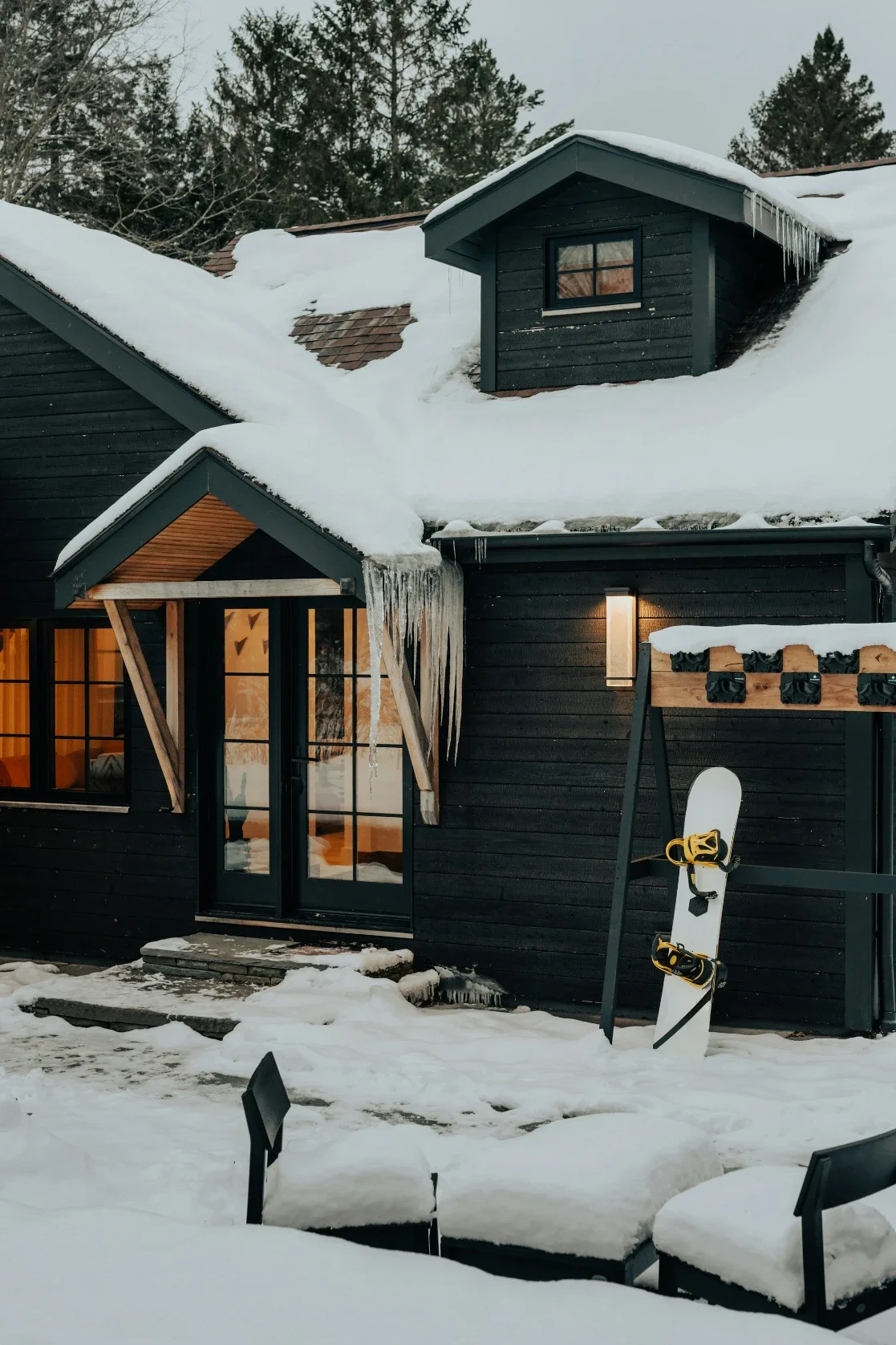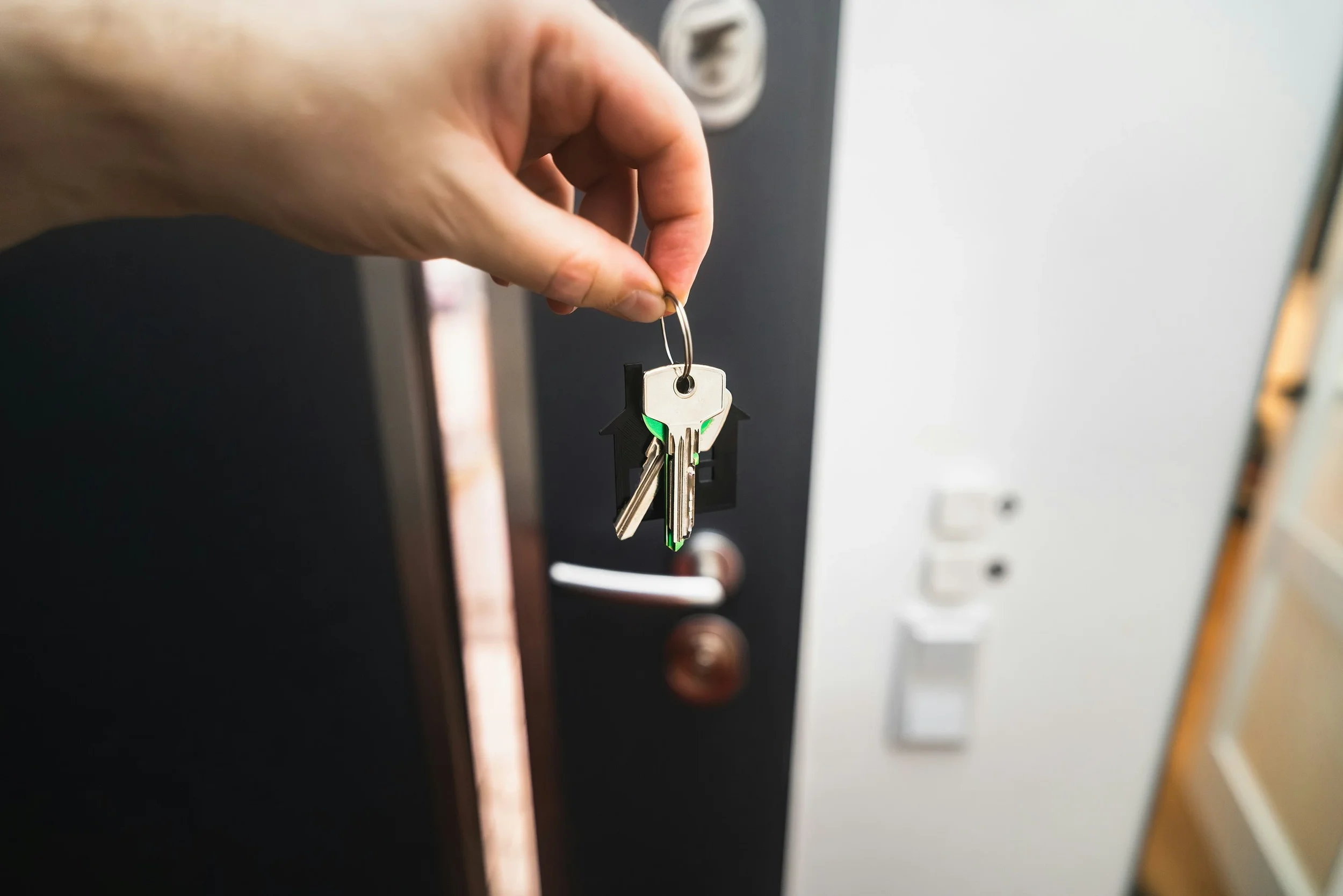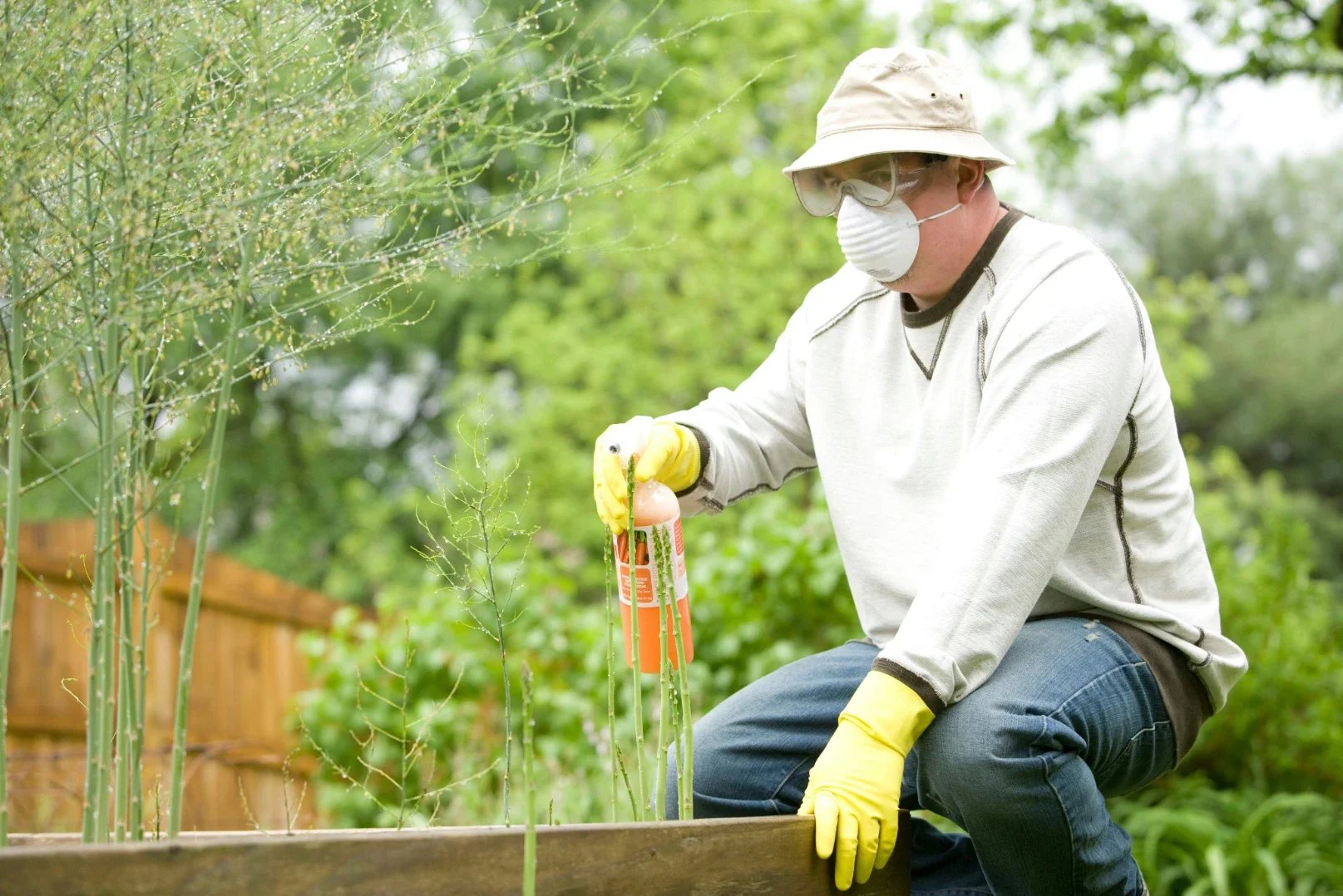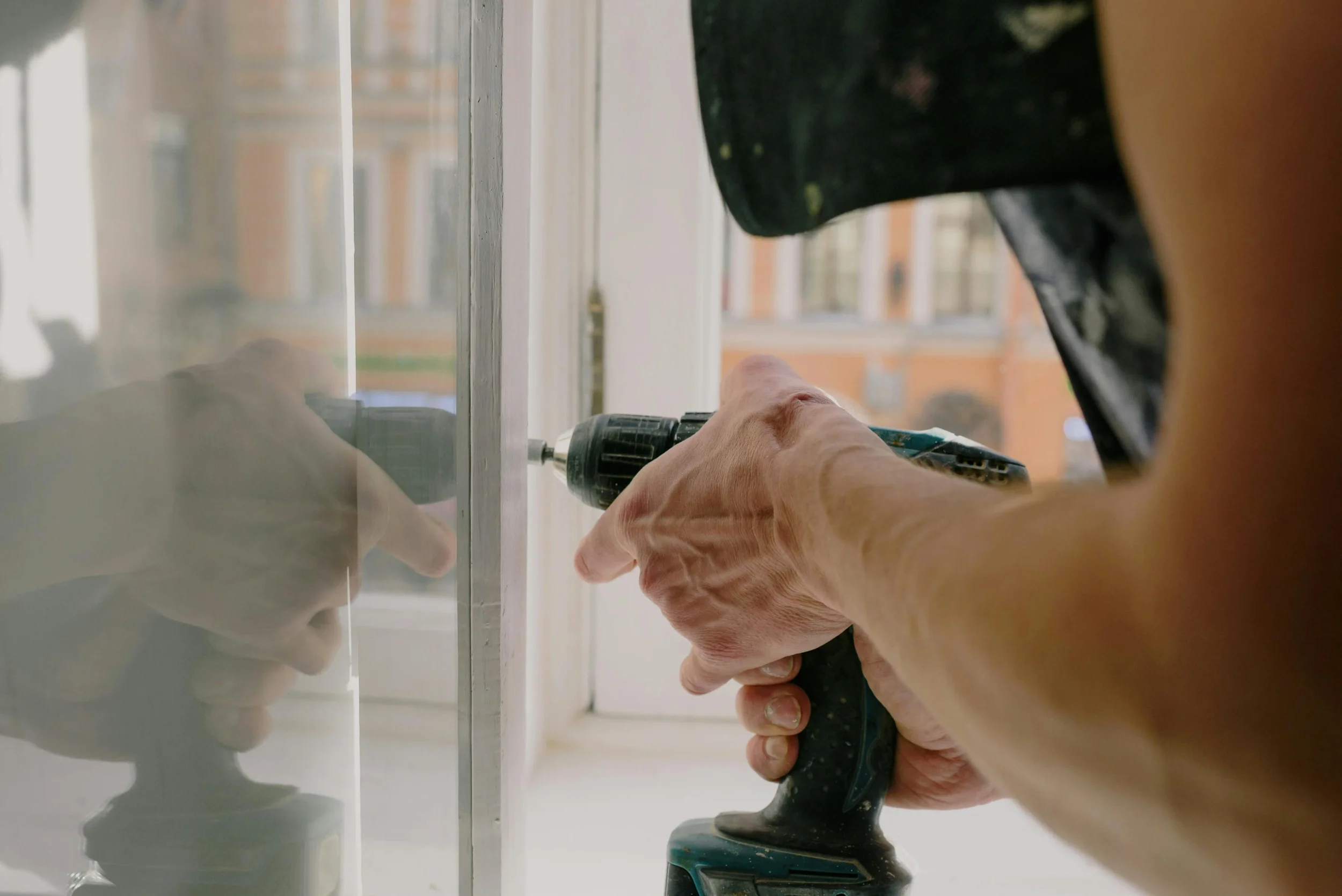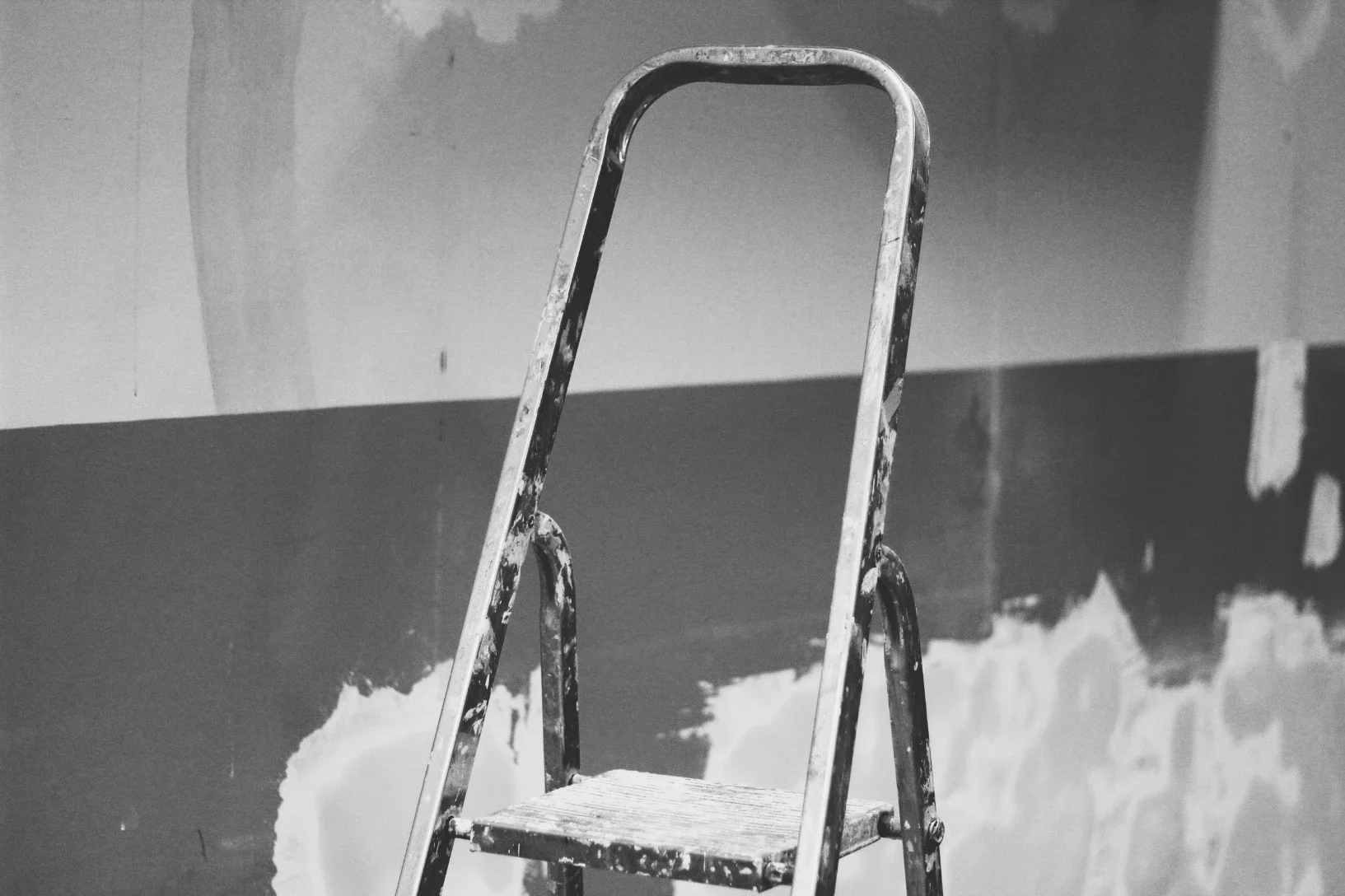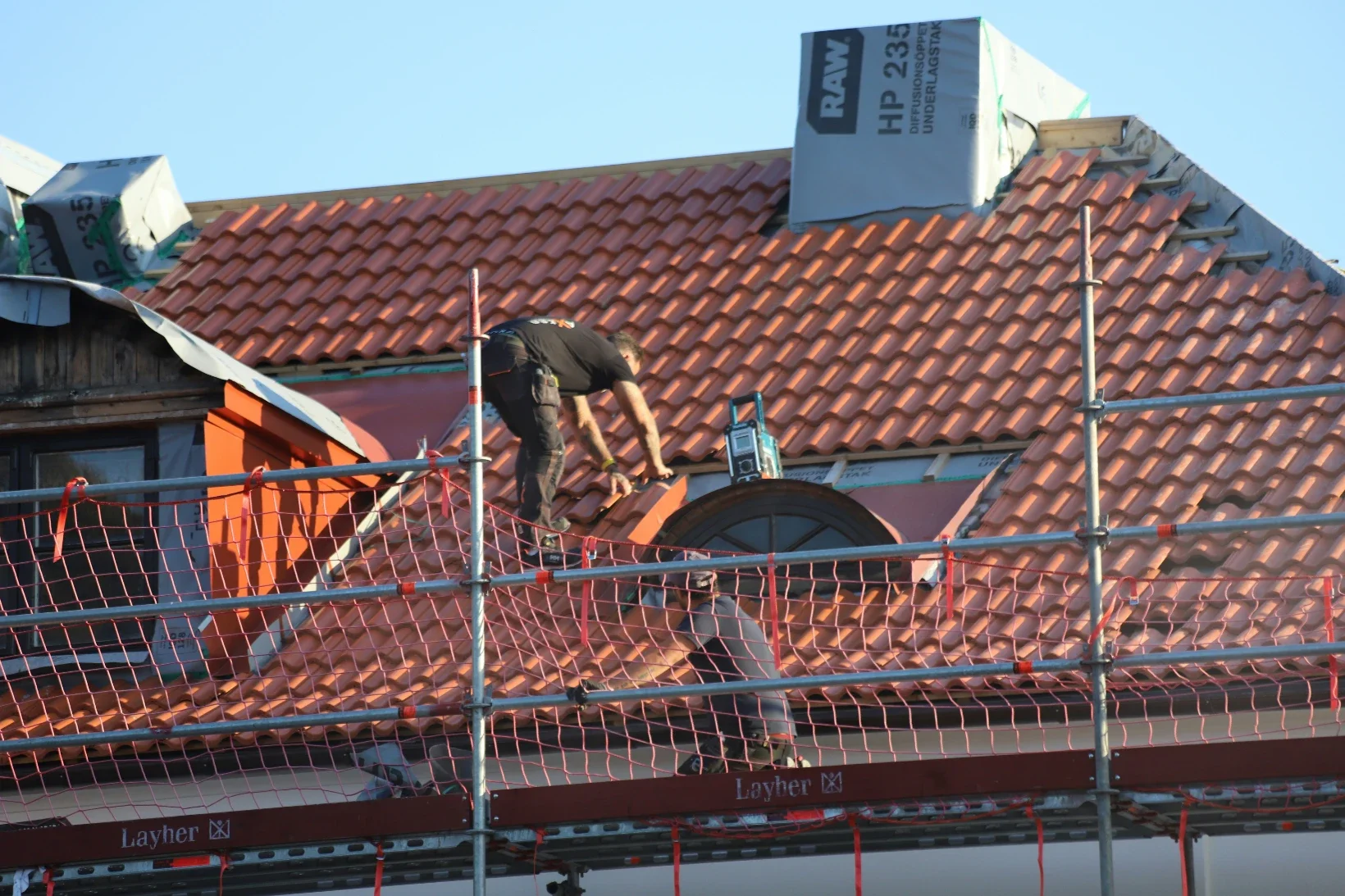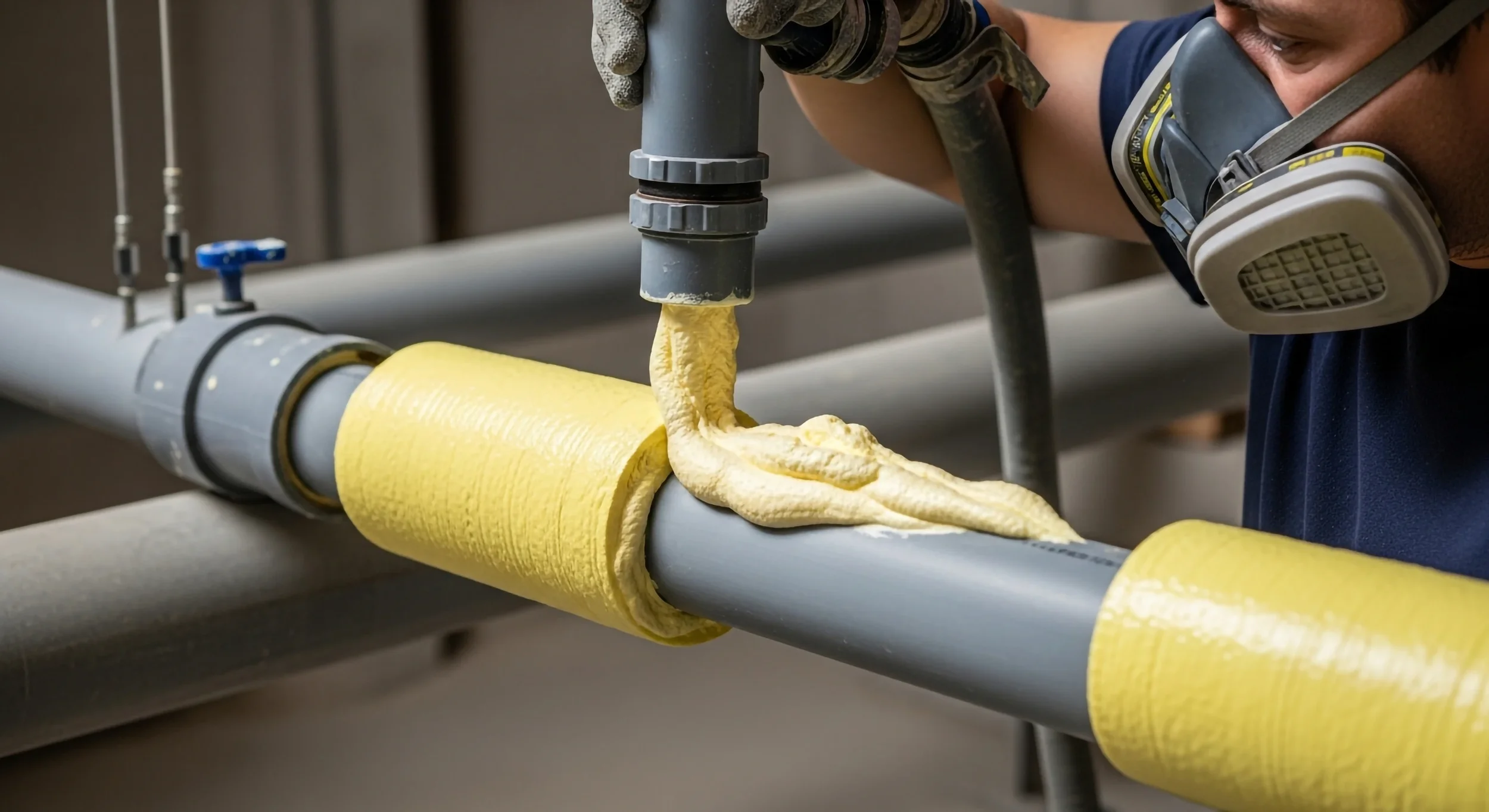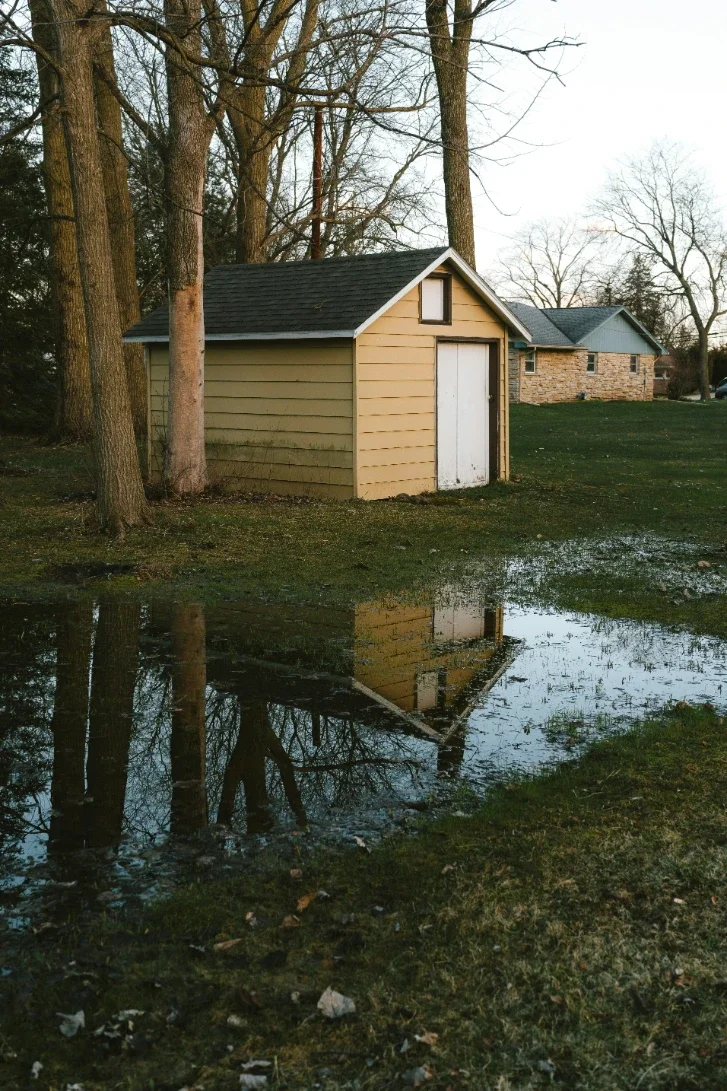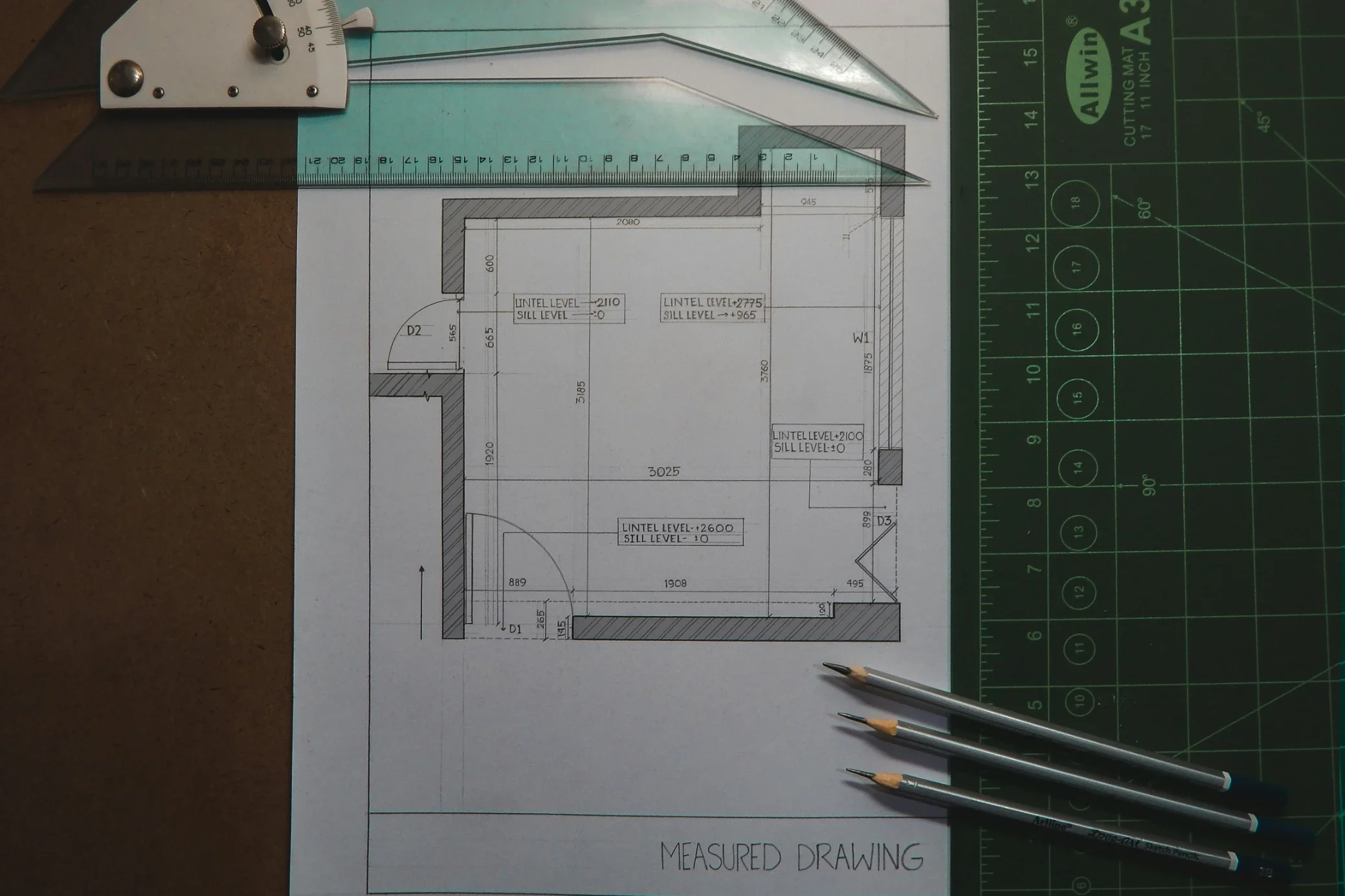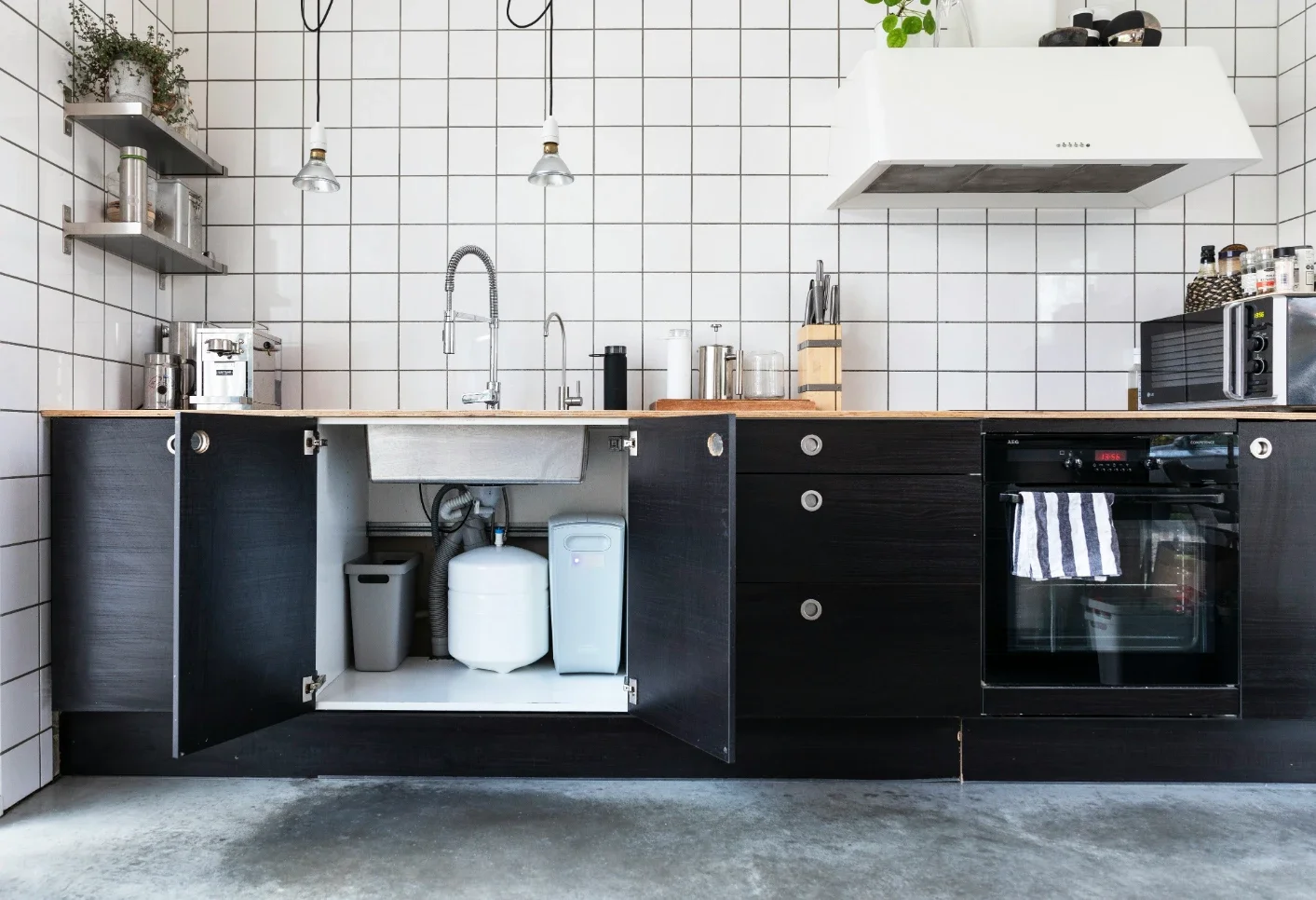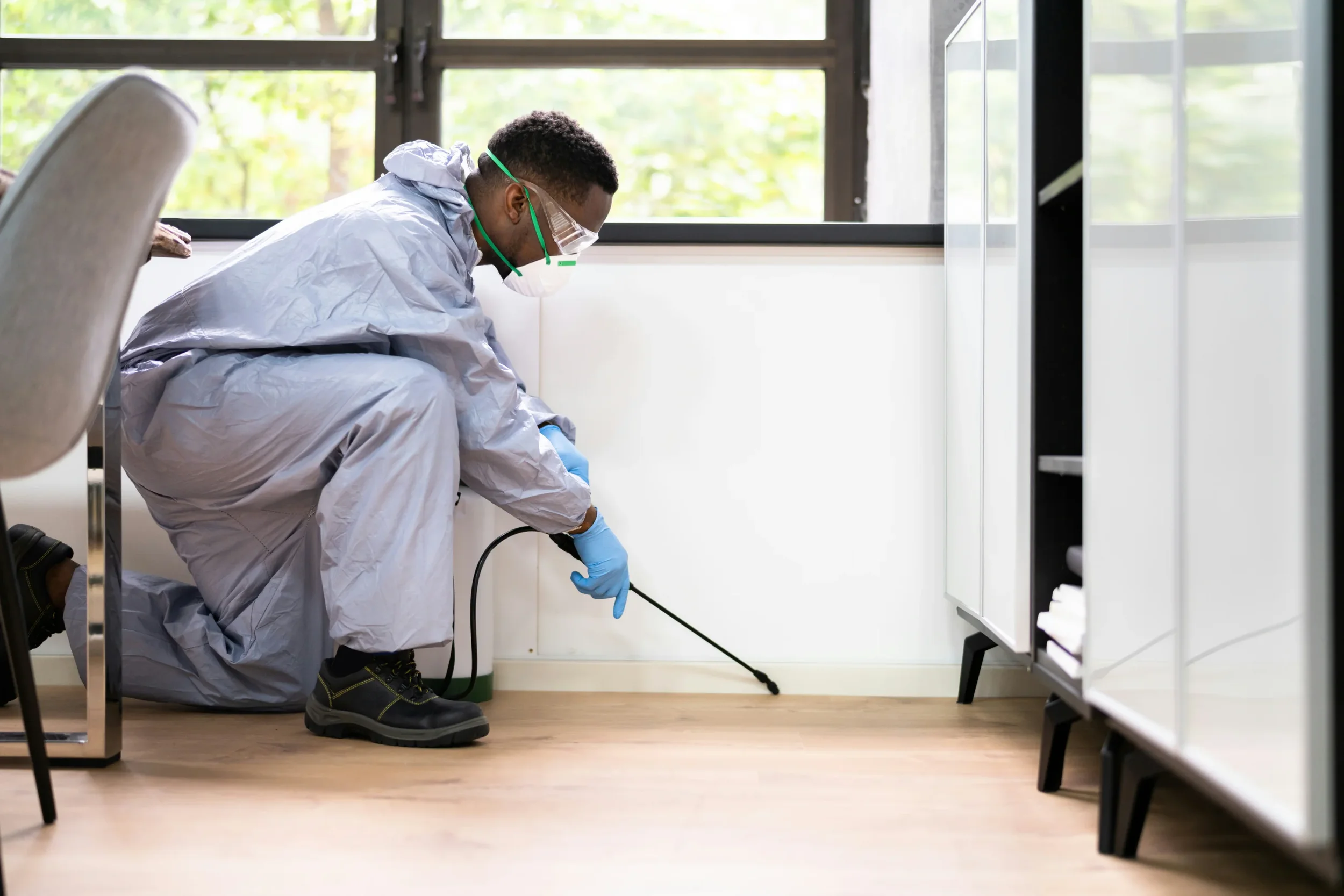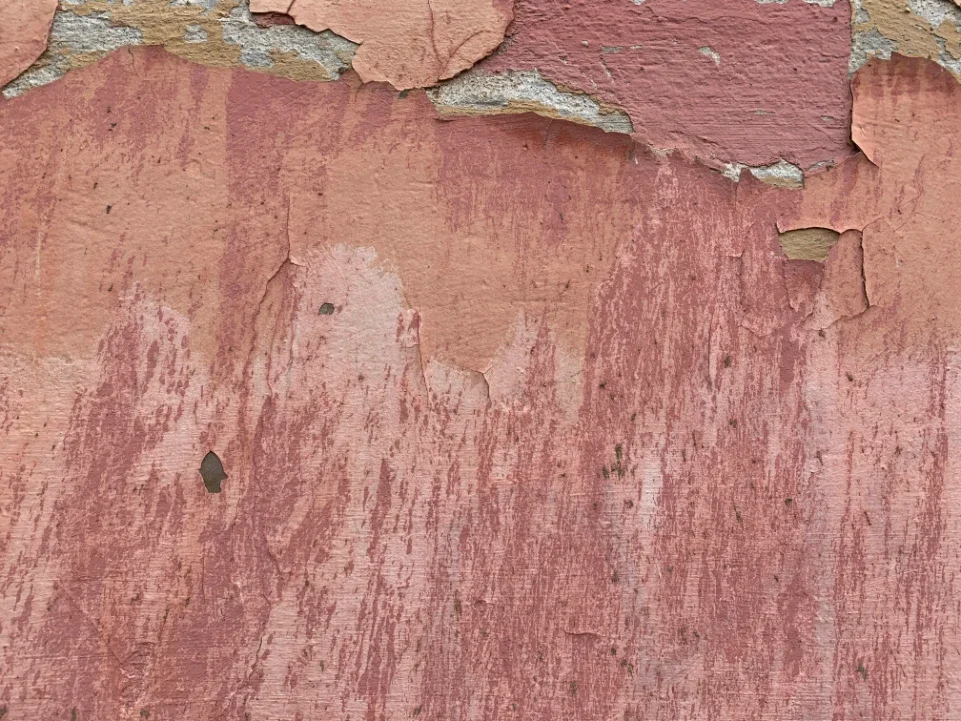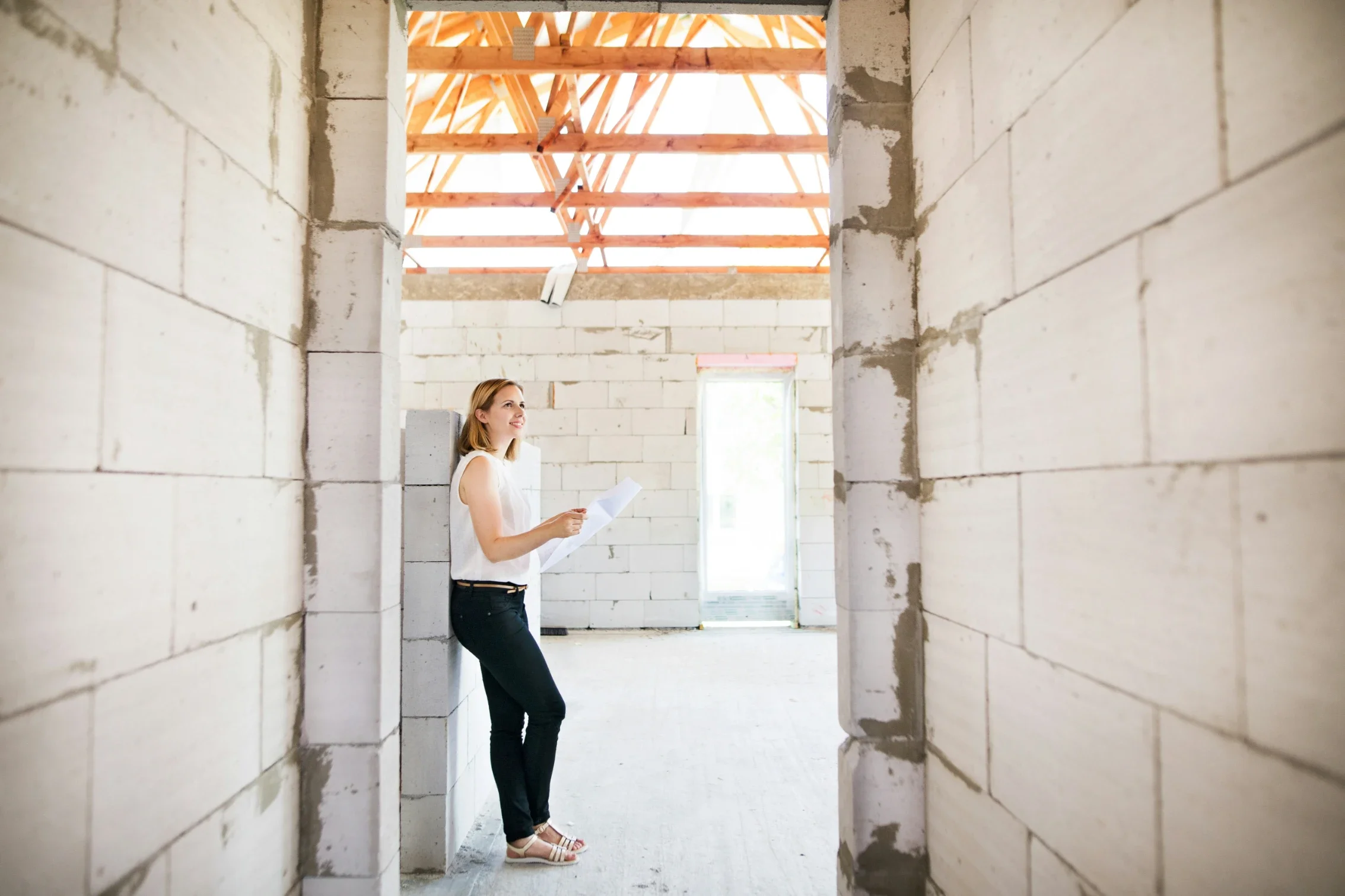What Are the Essential Steps for Managing an Emergency Water Leak?
Learn essential steps for managing emergency water leaks effectively. Discover actionable tips to minimize damage, protect property, and ensure safety during unexpected water emergencies. Gain insights into detecting leaks, shutting off water sources, and mitigating potential risks to safeguard your home or business.
An emergency water leak in your home can potentially cause significant damage if not addressed promptly. Knowing the proper steps to take when facing this situation is crucial for mitigating the impact and preventing further issues. In this article, we'll cover the essential dos and don'ts for managing an emergency water leak effectively.
What Causes Water Leaks at Home?
It's important to be aware of potential signs of a leak in your home so you can address issues before they cause further damage or costly repairs. Paying attention to certain signs can help point to leaks that need fixing.
Some signs to watch out for include an unexplained increase in your water bill. You may also notice decreases in water pressure even when no fixtures are in use. When every tap and appliance is off, listen to the sounds of flowing water.
Look for mold, mildew, or musty smells developing. Walls, ceilings, or floors may show signs of warping, staining, or sagging. Peeling or blistering paint could indicate a leak behind the wall.
Inside sources of leaks may come from faulty fixtures like leaky faucets or toilets that run frequently. Loose or cracked connections on appliances or outdoor hoses are also common culprits. Sinks, tubs or basins may leak if the material is cracked. Worn seals on appliances can soak surrounding areas.
Clogged drain lines can back up and overflow if blockages aren't cleared. Deteriorating pipes made of materials like iron or lead may corrode and spring unexpected leaks over time. Water heaters typically last 8-12 years but may leak sooner if mineral deposits take a toll.
Even tree roots can potentially infiltrate and crack vulnerable areas of pipework that are near moisture sources, like leaks themselves. Staying aware of changes in your home is key to detecting leaks before they spread.
Steps to Take After Water Leakage
Halt the Water Flow
Regardless of the origin or location of the leak, your immediate priority should be to prevent the situation from escalating. The first crucial step is to shut off the water supply by locating and operating the main stopcock valve.
If you're uncertain about the location of this valve, it is typically situated on the ground floor of residential properties, frequently found beneath the kitchen sink. Once you've identified the stopcock, turn it to the closed position.
Call the Plumber
According to 24/7 Plumbing Co., LP, some water leaks have to be left to expert plumbers.
One such issue is a self-flushing toilet, commonly known as a ghost flush. While this may seem supernatural, it is actually caused by a mechanical problem within the toilet, such as a leak or faulty component. As toilets contain many intricate parts, leaving any repairs to a professional with the proper tools and training to diagnose and fix the root cause is best.
Another common home plumbing problem is a water heater malfunctioning due to heating, leakage, pressure, rust, or anode rod problems.
Similar to toilets, water heaters are complicated appliances that warrant inspection by a trained plumber who can safely identify both internal and external issues to prevent water damage. To know how an experienced plumber can be of great help, visit website and check the services they offer.
Exterior Above-Grade Leaks
Clogged gutters and downspouts are a common issue that should be addressed. Cleaning debris from gutters and downspouts once or twice a year will help water flow freely away from the home. Even with gutter guards installed, regular inspections are important to ensure proper drainage.
When caulking, start by scraping away old caulk. Be sure to use an exterior-rated caulk, typically a butyl-rubber variety. Load the caulk gun and apply a continuous bead at a 45-degree angle in a smooth, consistent motion.
Flashing is the metal barrier installed where the roof meets vertical surfaces like chimneys, skylights, or vents. There are three main types - base, step, and counter flashing - that work together to prevent water from entering the roof, particularly around chimneys.
Professional assistance is recommended for high-up work or steeply pitched roofs due to safety concerns.
Exterior Below-Grade Leaks
Below-grade leaks can be challenging to locate and fix.
Repairing sections of sprinkler piping with compression couplings is often the simplest solution for pipe leaks. Novice plumbers should consult a sprinkler company.
Adjust downspouts or add extenders so water flows away from the foundation. The grading around the home also matters - it should always slope outward six to eight inches below the siding. Altering grading may require permits and extensive yard work, so hiring a landscaper is best.
A full waterproofing system may be needed for lower-level walls. In homes where driveways or neighbors block exterior access, the system can be installed inside by trenching the floor and adding floor drains and a sump pump.
Preventing Water Leaks
While water leaks can occur unexpectedly, there are proactive steps homeowners can take to help prevent them. Regular inspections by a plumber allow any emerging issues to be identified and addressed before developing into serious problems. Identifying minor leaks or corrosion early on can save significant repair costs down the road.
Insulating pipes is another important practice, especially during cold weather months. Water lines in unconditioned areas like basements, garages, and under sinks should be well-insulated to prevent freezing and potential bursting. Disconnecting and draining exterior hoses before winter brings another layer of protection.
Using a water softener system regularly can also help stave off leaks by removing mineral buildup that can deteriorate piping over time.
Hard water is an overlooked culprit behind corroded pipes and tiny holes that progress into leaks. Since major leaks often result in costly water damage, taking preventive measures to maintain piping is worthwhile.
With routine maintenance checks, insulation, and water treatment, homeowners can better safeguard their plumbing systems and avoid disruptive—and expensive—water leaks.
FAQs
1. Is a Leak Considered an Emergency Situation?
A: Not every water leak necessitates an immediate emergency response. However, if you notice signs of significant leakage, it is advisable to promptly contact an emergency plumber.
2. How Serious Can a Water Leak Be?
A: Water damage can have far-reaching consequences, affecting various components of your home, including walls, floors, electrical wiring, and the HVAC system. The longer a leak remains unaddressed, the more extensive the damage can become, potentially leading to costly repairs.
3. How Am I Going to Find a Water Leak?
A: Inspecting your water meter is the initial step in detecting a water leak. Ensure that no water is being utilized inside or outside the house during this time. If the dial on the water meter is moving, it indicates the flow of water, suggesting the possibility of a leak somewhere on the premises.
Even though a small annoyance, water leaks can have disastrous effects if they are not addressed. Ignored leaks can cause more than just immediate property damage; they can also cause mold growth, weakened structural integrity, and even health risks. Vigilance and proactive maintenance are essential to halting these issues from getting out of hand.
Remember, a small drip today could turn into a torrent tomorrow, leaving you with a deluge of problems and expenses.
